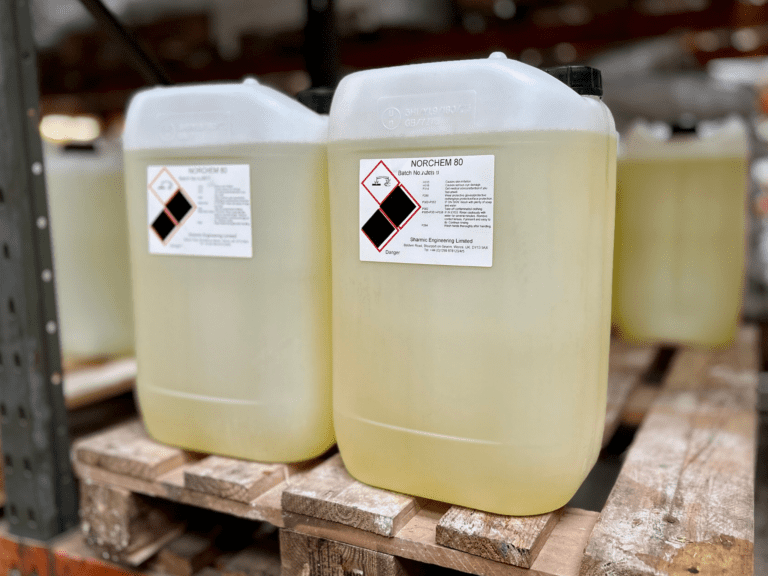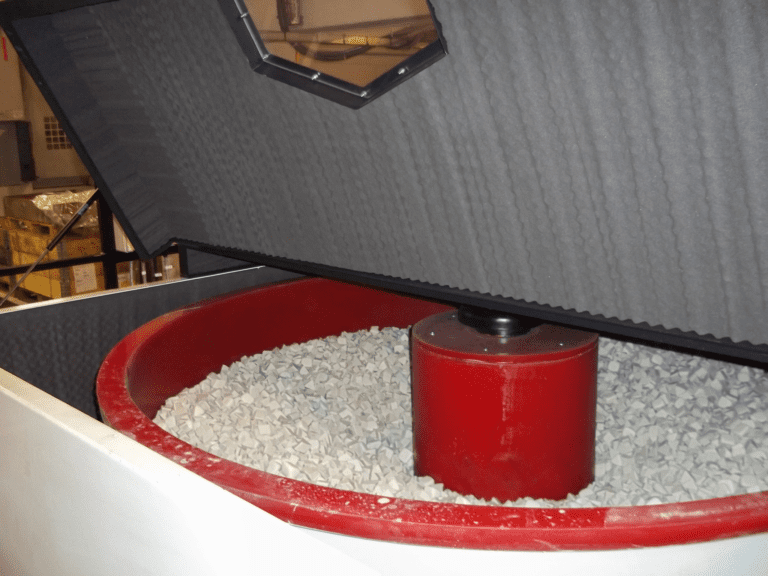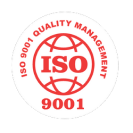Why Vibratory Finishing is the Key to Efficient Production

NORCHEM 80 Compound
Vibratory finishing involves placing components in a machine, along with a suitable finishing media (e.g., ceramic, plastic, or porcelain), and then applying vibration. The vibrating action moves the components and media in such a way that they work together to remove burrs, smooth out rough edges, polish surfaces, and achieve the desired finish. This process can be applied to various materials, including metals, plastics, and ceramics. The beauty of vibratory finishing lies in its versatility—it’s perfect for both small batches and large-scale production.
Boosting Production Efficiency
Vibratory finishing systems can drastically improve production efficiency. Unlike traditional finishing methods that often require extensive manual labour, vibratory finishing systems can process large quantities of components in a short time. Automated vibratory finishing solutions ensure that components move through the process at a consistent speed, with minimal manual intervention. This automation not only improves speed but also reduces human error, allowing for faster turnaround times.
Another key advantage is that these systems can run continuously for hours, or even overnight, without the need for operator attention. This means manufacturers can operate at full capacity without downtime, allowing for a more streamlined and efficient workflow. Plus, automated vibratory finishing ensures consistent results across large volumes of components, eliminating variation that often occurs in manual processing.
Improving Component Quality
Vibratory finishing is not just about speed and efficiency; it’s also about improving the final quality of your components. By smoothing rough edges, polishing surfaces, and deburring parts, vibratory finishing enhances both the aesthetic and functional properties of the components. Whether your goal is to create a high-gloss finish for a decorative part or to remove micro burrs from a critical component, vibratory finishing provides an even and precise result every time.
Furthermore, the consistency of vibratory finishing helps to maintain uniformity across all parts, ensuring that no component is out of specification. This consistency improves the overall quality control process and reduces the risk of defects or failures in the field, ultimately reducing costs related to product recalls or warranty claims.

Vibratory machine with acoustic noise box
Reducing Labour Costs
One of the primary advantages of vibratory finishing is the reduction in labour costs. Traditionally, surface finishing would require operators to manually polish, deburr, and smooth components. This not only takes up significant time but also requires skilled workers who can perform the task accurately. With vibratory finishing, much of the manual labour is replaced with automation. Operators can now monitor the process across multiple machines simultaneously, reducing the need for a large workforce. This streamlining of labour leads to considerable cost savings, allowing you to allocate resources more effectively across other areas of the business.
Additionally, because the machines can run automatically for long periods, businesses no longer need to tie up workers for repetitive tasks. This increases overall productivity and allows operators to focus on higher-value tasks, such as machine maintenance, monitoring, or quality control, further boosting efficiency.
Enhanced Flexibility in Surface Finishing
Vibratory finishing offers unmatched flexibility in terms of the range of processes it can perform. Whether you’re working with complex, delicate components or large, robust parts, there’s a vibratory machine that can handle the task. Different media types, from soft plastic to heavy-duty ceramic, can be used depending on the requirements of your components. The ability to tailor the media and compounds used in the process makes vibratory finishing adaptable to a wide variety of applications.
For example, in the aerospace and automotive industries, where the precision of each part is critical, vibratory finishing is invaluable for improving the surface quality and ensuring that parts meet exacting specifications. Additionally, the flexibility of vibratory finishing makes it a suitable solution for manufacturers working across multiple industries, from medical to consumer goods production.
Conclusion
The value of vibratory finishing is clear: it boosts production efficiency, improves component quality, reduces costs, and frees up valuable operator time. At Sharmic Engineering, we provide the vibratory finishing machines and consumables that can elevate your manufacturing processes. With years of experience and a diverse range of solutions tailored to your needs, we can help you achieve the best possible finish for your components.

Small vibratory trough

